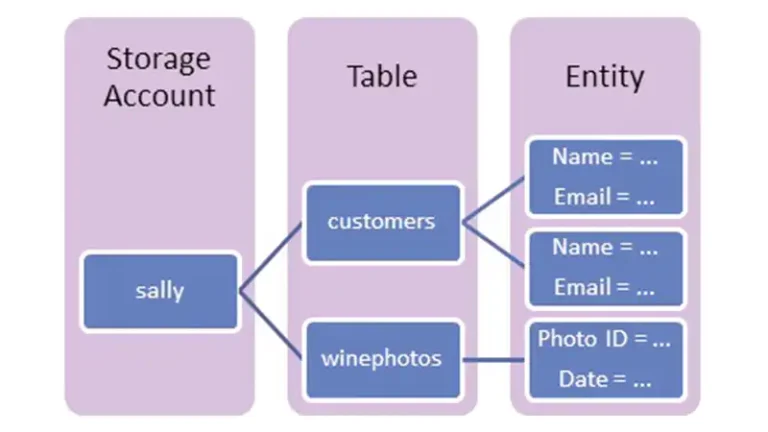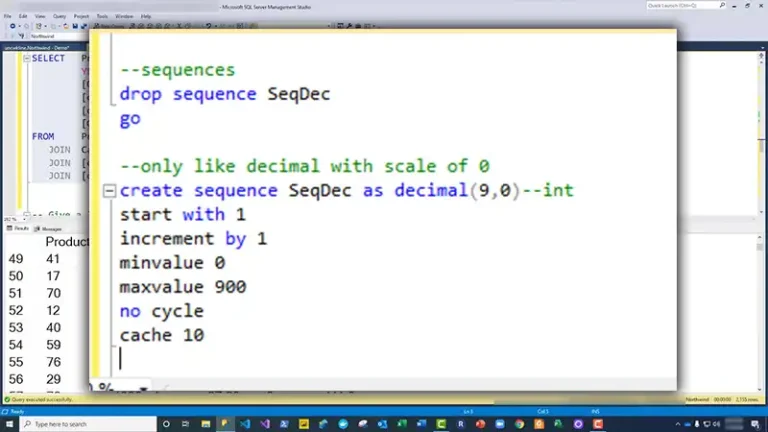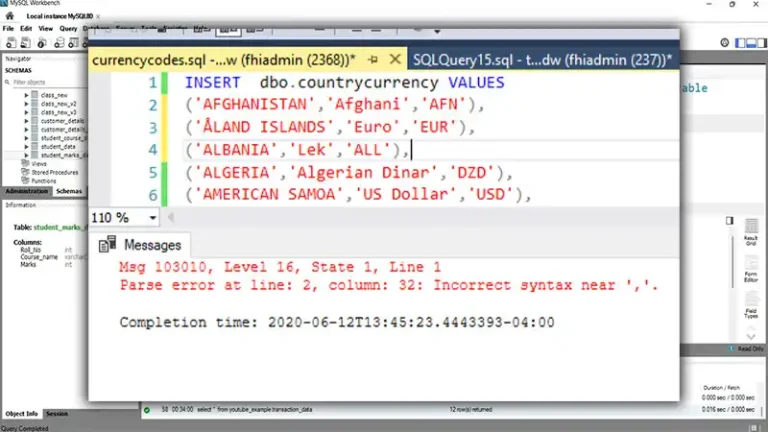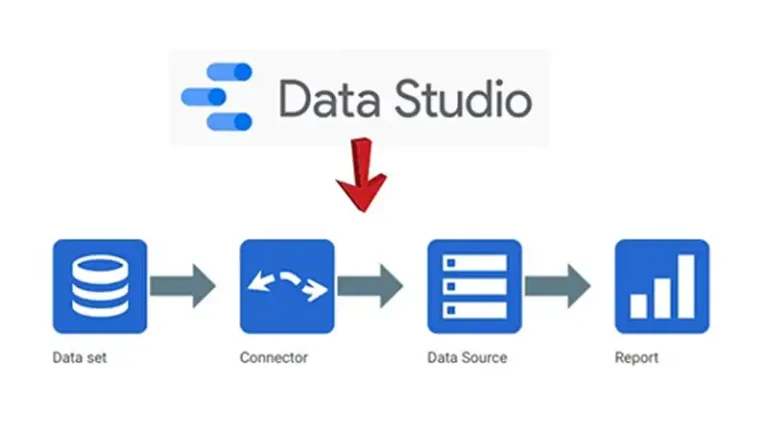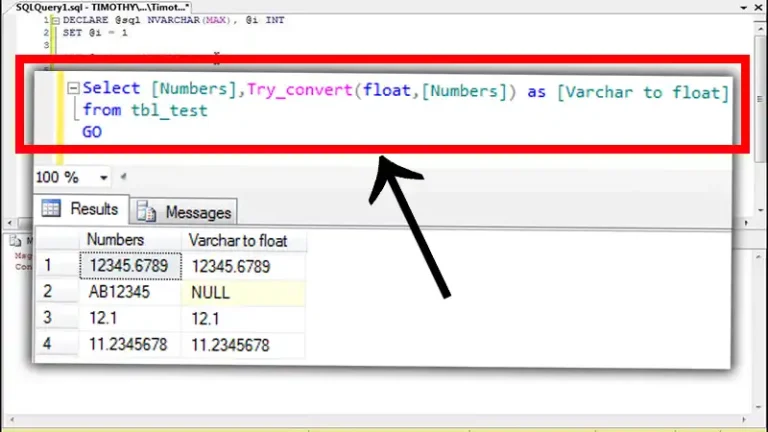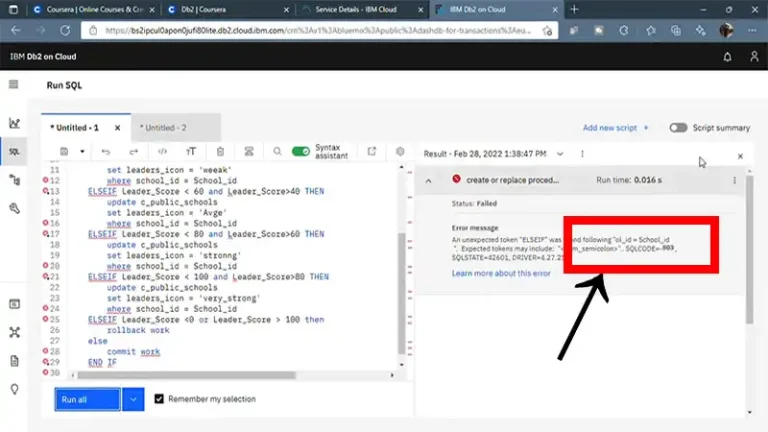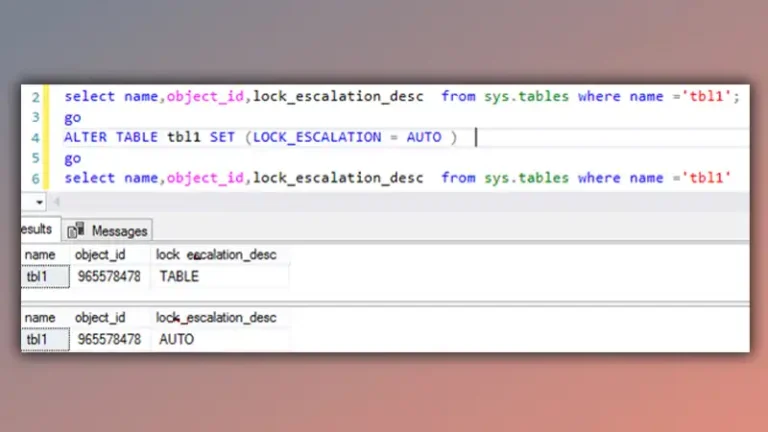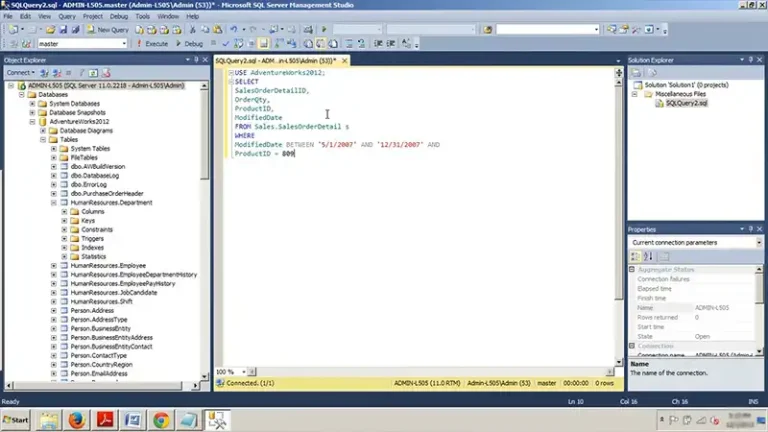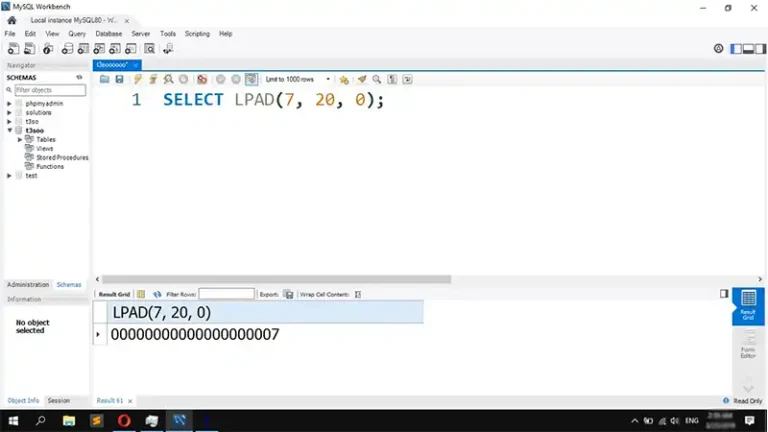What Kind of a NoSQL Store Is Azure Table Storage?
Azure Table Storage is categorized as a NoSQL data store, functioning primarily as a key-value repository. Azure Table Storage stands as a distinctive NoSQL solution within Azure’s ecosystem, offering unparalleled scalability and adaptability. Unlike traditional databases, it operates without a fixed schema, making it ideal for handling diverse data types. In this article, we’ll focus…

